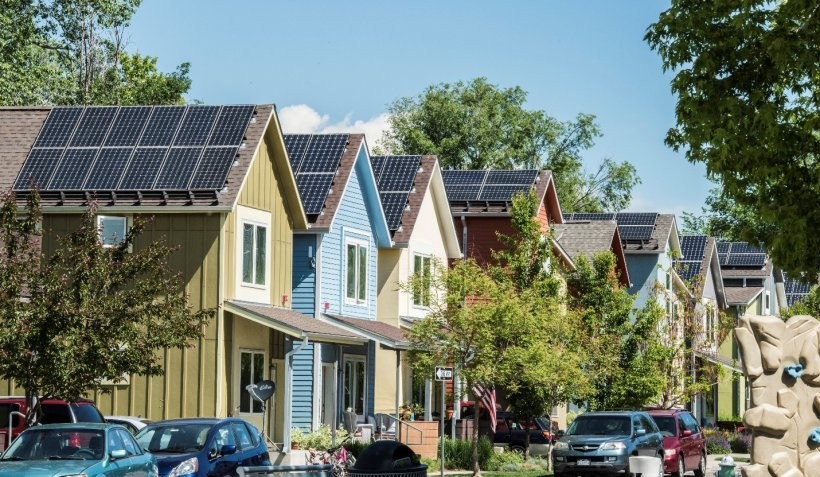MicrogrIslands and Microgridsids and DER: Improving Grid Resilience and Efficiency
While microgrids can effectively provide localized power generation, they still rely on larger power networks to operate. In contrast, microgrids are self-contained power grids that can operate independently of larger power networks.
Microgrids typically consist of local power sources, such as solar panels or backup generators, storage mechanisms like batteries, and controllers for managing the flow of electricity between different components of the microgrid.
Because microgrids are self-contained, they are more resilient than traditional power grids. During power outages, microgrids can disconnect from larger power networks and continue to provide electricity to local customers. This is especially important in areas prone to extreme weather events such as hurricanes or blizzards.
In addition to their resilience, microgrids can also help improve the overall efficiency of the power grid. By generating power locally, microgrids can reduce the amount of energy that needs to be transmitted over long distances. This can help reduce transmission losses and lower the overall cost of electricity.
Conclusion
In conclusion, DEDER and Microgrids Can Help with Black StartR and microgrids are two important technologies that can help improve the resilience and reliability of the power grid. By generating power locally and providing backup power during outages, DER and microgrids can ensure that customers have access to reliable electricity no matter the weather or other unforeseen events.
Although DER and microgrids are still relatively new technologies, they have already shown significant potential for improving the resilience and efficiency of the power grid.

